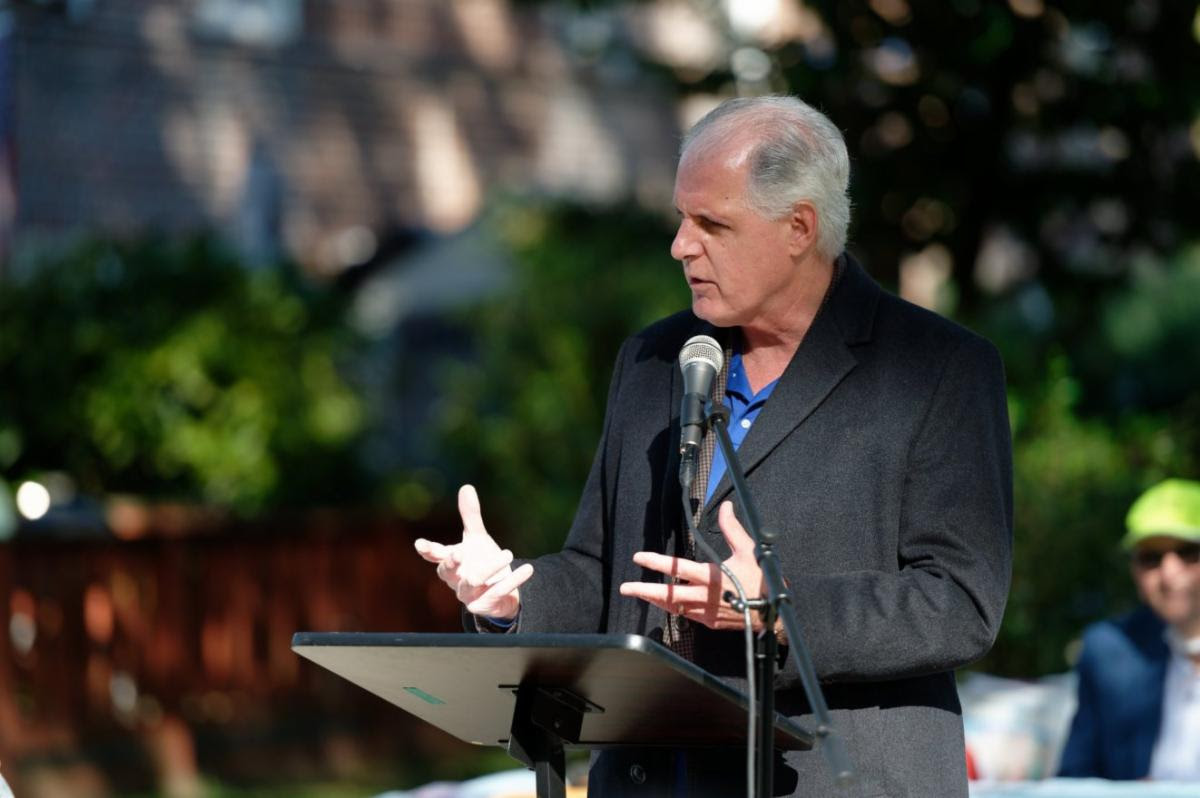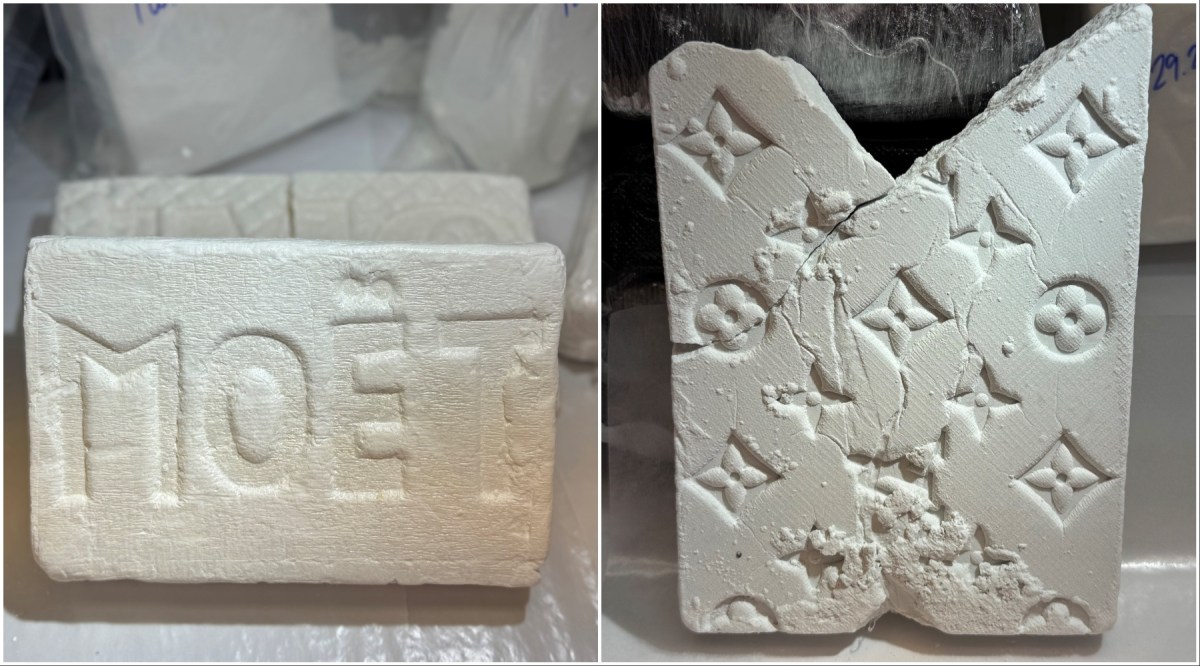
BY TERESE LOEB KREUZER | Southern Manhattan gets its own chapter in the 438-page report released on June 11 that assesses New York City’s vulnerability to climate change and describes what can be done about it.
“A Stronger, More Resilient New York” has become a page turner for anyone interested in trying to plumb the city’s thinking on possible short-term and long-term responses to sea-level rise, hurricanes, storm surges, heat waves, droughts and heavy downpours.
“Southern Manhattan” as described in the book is comprised of Battery Park City, Chinatown, Hudson Yards/Chelsea, the Lower East Side, Lower Manhattan, Stuyvesant Town/Kips Bay, Tribeca and the West Village. It was among the places hardest hit by Superstorm Sandy.
The other neighborhoods meriting their own chapters in Mayor Michael Bloomberg’s plan were the Brooklyn-Queens waterfront, the eastern and southern shores of Staten Island, south Queens and southern Brooklyn.
The mayor’s plan quantifies Sandy’s damage citywide: 43 deaths, 6,500 patients evacuated from hospitals and nursing homes, nearly 90,000 buildings in the inundation zone, 1.1 million New York City children unable to attend school for a week, close to 2 million people without power, 11 million travelers affected daily, $19 billion in damage.
As a coastal city, New York always was vulnerable to storms and flooding but many people shrugged. Now, even a prediction from the New York City Office of Emergency Management for “Moderate to heavy rain and strong winds” elicits tremors of anxiety.
At the peak of Sandy’s surge, tides in the Battery were 14 feet higher than they would be at average low-water height. The water crashed over southern Manhattan’s bulkheads.
On the east side of southern Manhattan, it raced across the East River Park esplanade, traversed the F.D.R. Drive and pulverized the low-lying South Street Seaport. On the Lower East Side, the water surged inland almost as far as Avenue B, leaving parts of Avenue C under almost four feet of water.
On the west side, water inundated Hudson River Park and flowed one or two blocks inland in most neighborhoods. Canal St., so named because a canal once ran under that street, again became a half-mile-long waterway.
Only Battery Park City was largely spared. The esplanade, lawns, plantings and ball fields were flooded. Two buildings lost power. When Battery Park City was designed, its engineers recognized the possibility of flooding and elevated its buildings well above the seawall.
Sandy’s floods affected more than 950 residential buildings in southern Manhattan with more than 40,000 apartments. More than 700 commercial and non-residential buildings were affected. Most of the damage was to critical building systems such as electricity and telecommunications, business inventory and personal property.
Some office buildings are still running on temporary generators and have not had their telecommunications systems restored.
Of the residential buildings affected, 58 percent were in east side neighborhoods, several of them densely populated. The average population density in New York City is 42 people per acre. In Chinatown, it’s 175 people per acre, and on the Lower East Side, it’s 138 people per acre. The population density caused more people to suffer than would have been true in less densely populated areas.
In addition, these neighborhoods have the lowest median household income of any areas in southern Manhattan, so the residents had fewer resources that would have enabled them to recover from the storm. In Chinatown, 43 percent of the population lives in poverty. The poverty rate for the Lower East Side is 31 percent compared with a citywide poverty rate of 19 percent.
On top of these problems, which grievously affected many of southern Manhattan’s residents, the mayor’s report explained that outages in southern Manhattan had repercussions throughout the city because key elements of New York City’s electrical, transportation, telecommunications, healthcare and financial systems are located south of 42nd Street.
For instance, four hospitals with 2,200 beds — 20 percent of Manhattan’s total — are in southern Manhattan. Two of these hospitals evacuated their patients before the storm, but New York University’s Langone Medical Center and Bellevue evacuated their patients as the floodwaters surged into their lower floors.
As the mayor’s report explained, these scenarios and others make the need for protection urgent.
“It’s a race against time,” said Klaus Jacob, a research scientist at the Lamont-Doherty Earth Observatory of Columbia University in New York and a member of the City’s Panel on Climate Change that came up with the underlying data on which the mayor’s resiliency report is based. “It’s a race of good will against lethargy and complacency. The mayor is certainly gung-ho for this but we have to see what happens after his term is over.”
The 2013 hurricane season has already begun. Some remediation and hardening has already taken place as utilities and telecommunications companies replace damaged equipment and building owners move electrical equipment from basements to higher floors.
Other protections will take time to study and implement and will depend on funding from the city, state and federal government for their realization, even if they are deemed desirable or even necessary.
“A plan is a plan, but when the plan hits the various stakeholders, they all want to see their priorities so we have to realize what is in the common good vs. what is in individual interests, and that will be the hard part,” said Dr. Jacob.
Storm surge barriers across Jamaica Bay, the Gowanus Canal and Newtown Creek are among the possible long-term protections against climate change that will require much further study and would be expensive to implement.
On the East Side of Lower Manhattan, the construction of a “Seaport City” of apartment and office buildings atop levees is another very long-term possibility.
Shorter term, in Chelsea, Tribeca, the West Village, Stuyvesant Town and Kips Bay, the mayor proposes to create an integrated flood protection system comprised of temporary and permanent features and landscaping and drainage improvements. This would be fully deployed only during pre-storm conditions. At other times, it would be as inconspicuous as possible.
As with many other proposals in the report, it would be “subject to available funding.”
Among other measures, in southern Manhattan, there are more than 170 landmarked buildings in the floodplain, including buildings in portions of 19 historic districts. The report states that regulations will be issued in 2013 clarifying how landmarked structures in the 100-year floodplain can and should be retrofitted.
It also says that planned and ongoing investments by the city and private partners in the High Line, Peck Slip Park, the Peck Slip school, Hudson River Park, the East River waterfront, the National September 11th Memorial and Museum and other construction projects will continue despite many other demands on the City’s coffers.
The report notes that one-quarter of the city’s parks are in the 100-year flood plain. Hudson River Park is among them. As sea levels rise, the 100-year floodplain is expected to take in more residential and commercial areas. The parks act as a buffer to flooding and are, themselves, in need of protection. Strategies could include hardening or elevating park infrastructure, construction of levees or floodwalls to minimize flooding and attenuate waves and using flood-tolerant materials in the construction of parks. The city plans to study the possibilities and to complete that study in 2014.
The city also plans to reconstruct and resurface key streets damaged by Sandy. Citywide, there are 60 lane miles of streets severely damaged by Sandy that the New York City Department of Transportation has to reconstruct. It will repave approximately 500 lane miles of streets with damaged surfaces. Where possible, the reconstructed streets will include resiliency measures to minimize further damage. This work will begin in 2013 with funding from federal and city sources.
On another front, local commercial corridors were devastated by Sandy. The city is asking the Public Service Commission and Con Edison to amend the preferential Business Incentive Rate (BIR) program, which discounts Con Edison’s electric delivery charges, to allow it to be extended to small businesses in southern Manhattan and to the other four communities hardest hit by Sandy.
Businesses and nonprofits with 10 or fewer employees that have received support from city-sponsored loan and grant programs will be eligible for the discount for five years up to a maximum of $50,000 per business or nonprofit. The maximum aggregate benefit available in southern Manhattan will be $1 million. This money will go to businesses and nonprofits in Lower Manhattan (Water St., the South Street Seaport and Greenwich St.); Chinatown (East Broadway and Madison St.); the Lower East Side (Avenues B, C and D); Tribeca (Canal St., West Street and Greenwich St.); Chelsea (10th and 11th Aves. and 23rd St.) and the West Village (West St. and Washington St.).
All of these initiatives in southern Manhattan will have to compete for funding and engineering resources that must be deployed citywide.
Jacob said that the plan “was as well thought out as you can do anything in three and a half months.”
But, he said, “There will certainly be kinks that will be found out when we go farther into the engineering. This was a conceptual plan. This was not an engineered plan. Now the engineers will have to get their chores done and once you get to that stage, you will find things that you may have to change.”



































